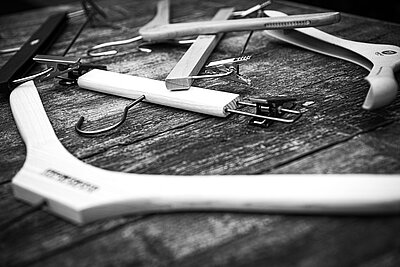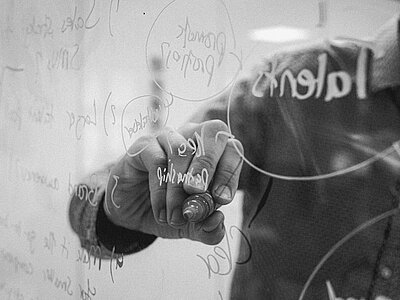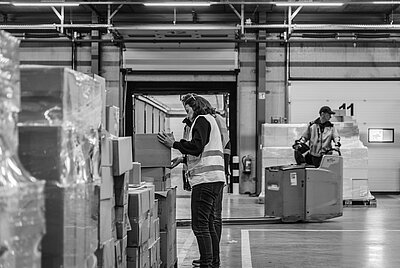Sometimes you have to go first
Historically, there has always been talk that there is/was no audience for women’s football. But that wasn’t true. It simply wasn’t visible to potential audiences.
It’s a chicken and egg situation – to find demand, sometimes you must create it. And often the evidence is there, but it might go against the status quo.
In the UK, women’s football used to pull crowds larger than men’s matches – until they were banned from playing. The audience has always been there, but the recent push to promote women’s football has paid dividends.
And in retail, those brands that are bravely creating demand for new services or products ahead of their counterparts, are poised for greater success.
Kingfisher plc, whose brands include B&Q, Brico Dépôt, Castorama and Koçtaş, is investing in smaller high-street stores and even outlets inside Asda supermarkets. While their audiences aren’t calling out for these stores, sales in DIY surged during and after the pandemic – with the company reporting an increase in profit of 634%.
The evidence points towards a growing audience of keen DIYers, and Kingfisher intends to go and meet them where they are – in more convenient and localised ways.
Going first, allows you to catch your customers when their interest is piqued.
The power of female role models
What you’ll see in stadiums during the Women’s World Cup is crowds full of young girls dressed in football merchandise, their faces full of admiration and respect for women that are like them or representing who they want to be.
Nora Häuptle, UEFA Pro Licence coach, says: “When I was 16, I was in the USA for the 1999 Women's World Cup and it was huge - they filled stadiums with 80,000 people. That was my first experience of seeing a female soccer star and after that I really thought of Mia Hamm as a role model that I looked up to."
Having sporting role models, allows young women to tap directly into their sense of power, identity, and self-belief. And when they feel like they align with something, or someone, investment usually follows.
It’s something that boy bands, cosmetic brands and cult-film producers have known for years – young girls have serious purchasing power, despite their age and lack of disposable income.
“Teen spending can help dictate which brands are successful,” says this Insider article, adding that: “Adolescent girls often directly influence which products, people, and brands become popular.”
As retailers, we can learn from the power of building brands that align with young girls today.
Nike partnered with Norwegian striker Ada Hegerberg back in 2020 and has been slowly investing more and more to align itself with women’s football and win a greater share of female spending.
Exaggerate the differences and find your USP
In a recent article in The Times, it emphasises that exaggerating the differences and honing in on your unique selling points is hugely beneficial for brands.
Tim Lopez, director of talent at CSM Sport & Entertainment, says: “The women’s game is safer. It’s more wholesome, it’s less tribal, it’s more inclusive. If [a brand] really values diversity, inclusion, all of those wonderful values and they want that association to be part of their brand, then female football offers something that actually in some instances male football can’t match.”
Women’s football hasn’t been afraid to pitch itself to a family-friendly audience and treat itself, in a way, as an entirely different product to men’s football. While there are arguments for and against doing this, this approach is undoubtedly behind its meteoric rise during the last five years.
It’s doing something right, and it’s not afraid to shout about it – even though it’s different. Recent research shows that 24 per cent of men say they’ll be tuning into watch, compared with 15 per cent of women.
Swiss clothing brand Avani adopts the same approach, boldly stating on its homepage that they won’t deliver outside of Europe to minimise their carbon footprint. For many, this would be seen as a barrier to expanding business. But to Avani, it’s an essential piece of what makes their brand different. And for their eco-conscious audience, it’s the driving force to keep them coming back.
For retailers, women’s football has shown us that continuing to take risks and not being afraid to stand out in your marketplace are important ingredients for success. So be bold – and speak to your supply chain partners to see how they can help you broadcast your messaging further.
Our account managers can help you take the first step towards standing out. Speak to our team on +31 (0) 88 494 20 80 or email us at online@worldpack.eu


